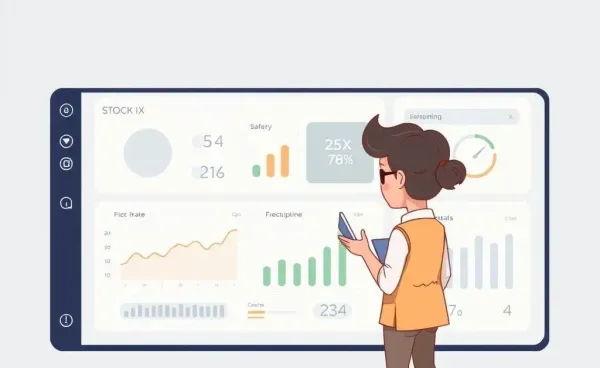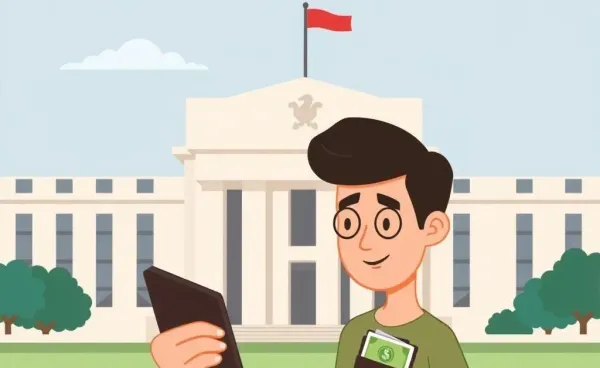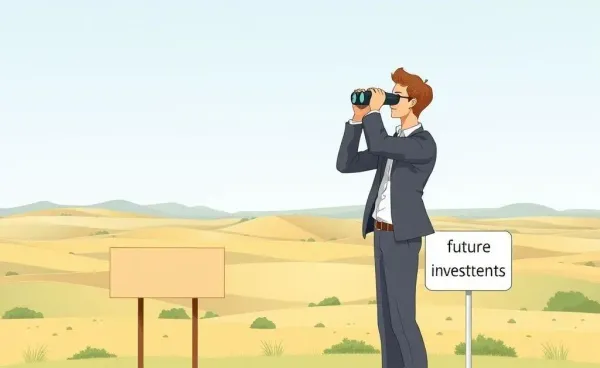Navigating Economic Uncertainty: How Interest Rate Cuts Impact Your Finances
Explore how interest rate cuts can affect your personal finances and investment strategies.

Hey there! Have you been keeping an eye on the news about potential changes to interest rates? If you’re like me, headlines about the economy can sometimes feel like they’re in a language all their own. But fear not! Let’s break down what interest rate cuts are all about, and more importantly, how they might just make a difference in your day-to-day financial world.
What Exactly Are Interest Rate Cuts?
In the simplest terms, interest rate cuts are when a central bank decides to lower the interest rates that they charge commercial banks. The goal? To get those banks to lower the rates they charge to you, creating a ripple effect that makes borrowing money cheaper. It’s kind of like a sale, but for money.
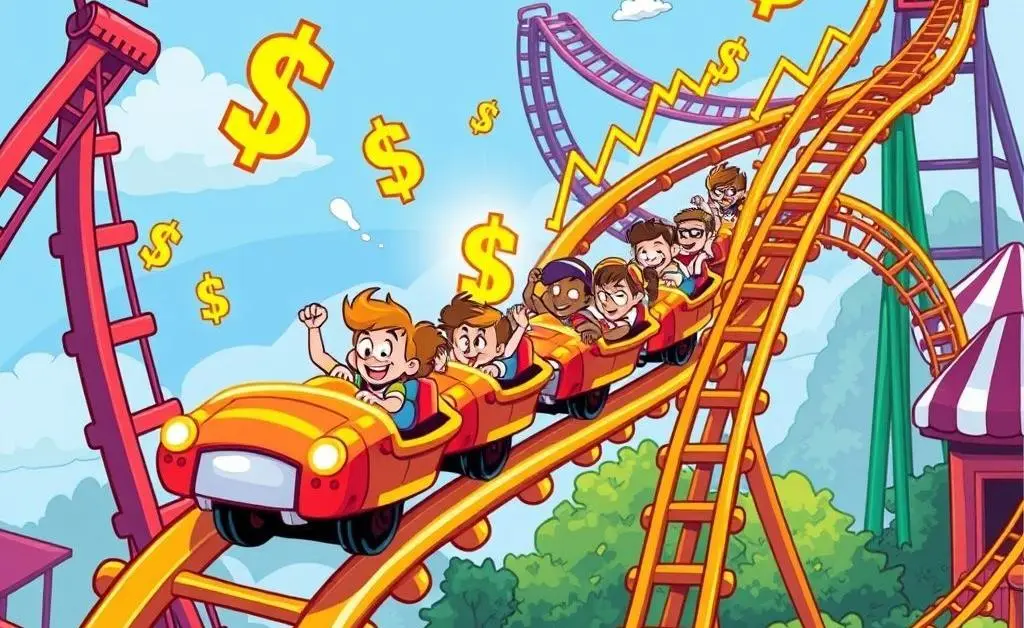
Why Do They Happen?
Economies, like people, have their good days and their bad days. When things start looking a bit sluggish—less spending, less borrowing, lower employment—central banks might cut interest rates to inject a little momentum. They’re hoping this encourages both businesses and consumers to invest and spend more.
How Could This Affect Your Wallet?
First up, if you have any loans or a mortgage that are on a variable rate, you might see a decrease in your interest payments. Calling it a financial breather wouldn’t be far from the truth.
If you’re planning to make a big purchase—like a new house or car—lower rates could mean more financing options and potentially better loan terms. Imagine it like getting a nod of approval from the bank that’s just a tad more enthusiastic than usual.
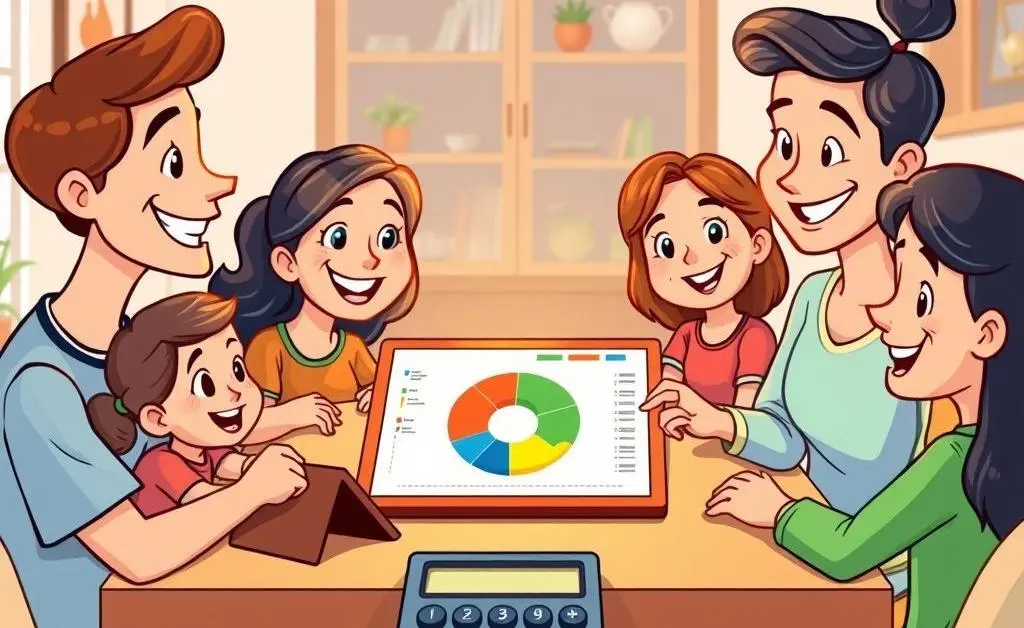
What About Savings and Investments?
Here’s where things get a bit tricky. Lower interest rates might mean the return on your savings account is also reduced. It’s a nudge to maybe look at other, potentially higher-yield investment opportunities. Stocks, anyone?
Investment Strategies in a Low Interest Rate Environment
Investors often turn to assets like stocks or real estate when interest rates are low since traditional savings just don’t pack the same punch. However, it’s vital to make sure you’re comfortable with any risks involved in these investment strategies.

The Bigger Picture: Economic Balance
In essence, interest rate cuts are about finding a balance—stimulating growth without spiraling into inflation. It's a dance as old as economics itself! Why not take this opportunity to review your own financial plans and see how they might fit into the current economic landscape?
Your Thoughts?
I’d love to hear what you think about interest rate cuts. Do they make you feel more adventurous with your purchases or savings? Or are you skeptical about their impacts? Let’s chat in the comments below!

